Namsangol Hanok Village (남산골한옥마을)
11.0Km 2025-07-14
28 Toegye-ro 34-gil, Jung-gu, Seoul
Namsangol Hanok Village opened in 1998 on the northern side of Namsan Mountain in the center of the capital. This village has five restored hanok (traditional Korean house) premises, a pavilion, a traditional garden, a performance art stage, and a time capsule plaza, making it a perfect spot for locals and tourists to take a leisure walk. Upon entering from the front gate, visitors will get a taste of Korea's traditional life while escaping from bustling city life. The traditional garden with its pavilion and old houses creates a peaceful ambiance before the forested Namsan Mountain. A time capsule commemorating Seoul’s 600th anniversary was buried in 1994 at the highest point of the village and is scheduled to be reopened 400 years later in 2394.
The five hanok premises at Namsangol Hanok Village once belonged to aristocrats and government officials of the Joseon dynasty. Each house was originally located in a different neighborhood, but they were all moved to this area and restored to their original form. The houses were rebuilt using their original materials, except for one house, where the materials were too old and deteriorated to be reused. The premises were carefully restored and replicated according to their original form to depict the owners’ social class and personality. These buildings are now used as an exhibit to portray the living environment during the Joseon dynasty and as a venue for educational and cultural programs for children and tourists.
Some of the unique programs and activities to participate in include wearing hanbok, folding hanji (traditional Korean paper), writing in Korean, traditional tea ceremony, traditional etiquette school, and herbal medicine experience. There are also taekwondo demonstrations and other various performances held around the village. Visitors can also try traditional games such as yunnori (traditional board game), or understand more about the area through a guided tour.
Lens Me - Sillim Branch [Tax Refund Shop] (렌즈미 신림)
11.0Km 2024-04-22
323, Sillim-ro, Gwanak-gu, Seoul
-
Heungbu Bossam (흥부보쌈)
11.0Km 2024-10-15
15-13 Sillim-ro 59-gil, Gwanak-gu, Seoul
+82-2-888-9464
It's a great place to hold group dining and gathering. This Korean dishes restaurant is located in Gwanak-gu, Seoul. The most famous menu is kimchi cabbage wraps with pork.
Pildong Myeonok (필동면옥)
11.0Km 2024-03-07
26, Seoae-ro, Jung-gu, Seoul
+82-2-2266-2611
Pildong Myeonok specializes in authentic pyeongyang naengmyeon (pyeongyang cold buckwheat noodles). Their signature dish is Pyeongyang naengmyeon (Pyeongyang cold buckwheat noodles), which has a light and refreshing broth and chewy noodles. Mandu and Mandut guk (Mandu soup) are also popular dishes to go with it. Having been selected for the Michelin Guide Seoul 2023, this restaurant is a favorite among locals and tourists alike for its flavorful noodles.
COCKTAIL&DREAM (칵테일앤드림)
11.0Km 2021-03-30
329, Sillim-ro, Gwanak-gu, Seoul
+82-2-873-7475
It has a large hall, so it is a good place for group dining. This Western dishes restaurant is located in Gwanak-gu, Seoul. The representative menu is cocktail.
Samchonne 2ho (삼촌네2호점)
11.0Km 2021-04-06
12, Sillim-ro 59-gil, Gwanak-gu, Seoul
+82-2-876-7704
This is a Sundae stir-fried restaurant with long tradition, located at Sundae Town near Sillim Station. This Korean dishes restaurant is located in Gwanak-gu, Seoul. The most famous menu is blood sausage.
Yuil Seolleongtang (유일설렁탕)
11.0Km 2021-03-29
154, Yongmasan-ro, Gwangjin-gu, Seoul
+82-2-452-5860
It is a store that has been in operation since 1987. This Korean dishes restaurant is located in Gwangjin-gu, Seoul. The most famous menu is ox bone soup.
Iljasan Mountain Natural Park (일자산자연공원)
11.0Km 2021-04-23
660, Dongnam-ro, Gangdong-gu, Seoul
Iljasan Mountain is the tallest peak in Gangdong-gu, Seoul, providing the western boundary between Gangdong-gu and Hanam-si, Gyeonggi-do. Iljasan Mountain is one of the best spots in Seoul to watch the sunrise. Located on the mountain is the house of Master Lee Jip (pen-name Dunchon), providing a good getaway spot for local residents. Lee Jip was a loyal government official during the reign of King Gongmin during the late Goryeo dynasty. He was forced to move to an underground tunnel in the southwest side of Iljasan Mountain to avoid entrapment by Shin Don, a person of influence at the time. While living in hiding, he took the pen-name Dunchon (meaning drawing back to the countryside) to symbolize the hardships he was going through. The nearby area was named after him, being called Dunchon-dong.
Sueojangdae Post (수어장대)
11.1Km 2020-04-09
107-65, Namhansanseong-ro 780beon-gil, Gwangju-si, Gyeonggi-do
+82-31-760-4821
Sueojangdae Post (Defense Commander's Post) is a two-story military facility used as a lookout post as well as for directing battles. This structure was built on the western side of Namhansanseong Fortress as one of the four command posts. During the Manchu Invasion of 1636, King Injo personally commanded and encouraged the troops from here. They held out for 45 days against a Qing force of 120,000, before finally being forced to surrender and accept vassal status to the Manchu Empire.
Olive Young - Sillim Branch [Tax Refund Shop] (올리브영 신림점)
11.1Km 2024-06-27
353, Sillim-ro, Gwanak-gu, Seoul
-
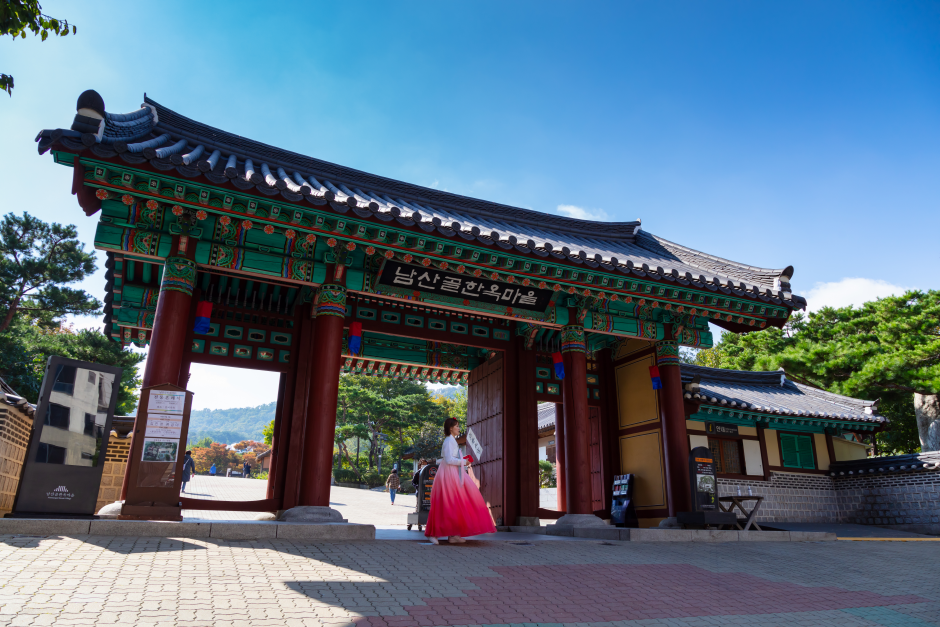

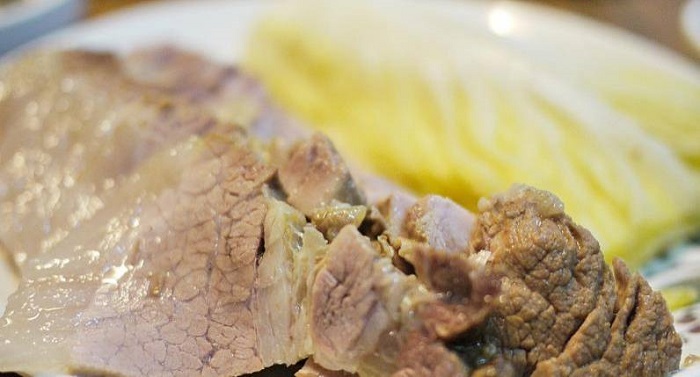
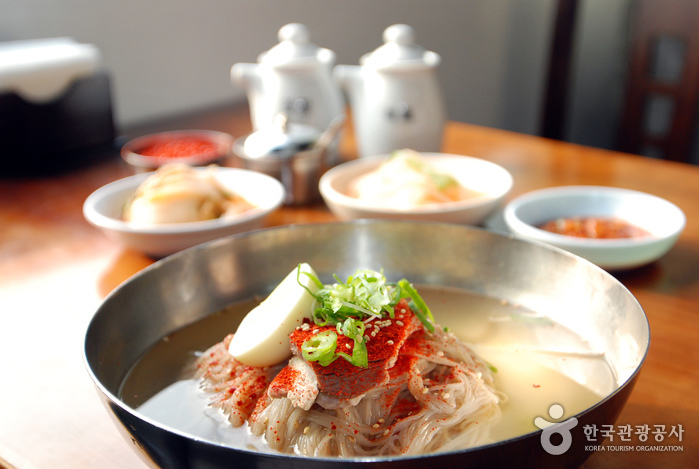
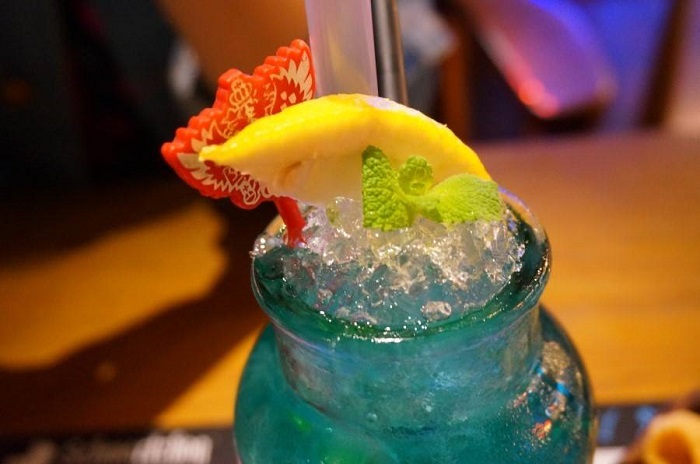
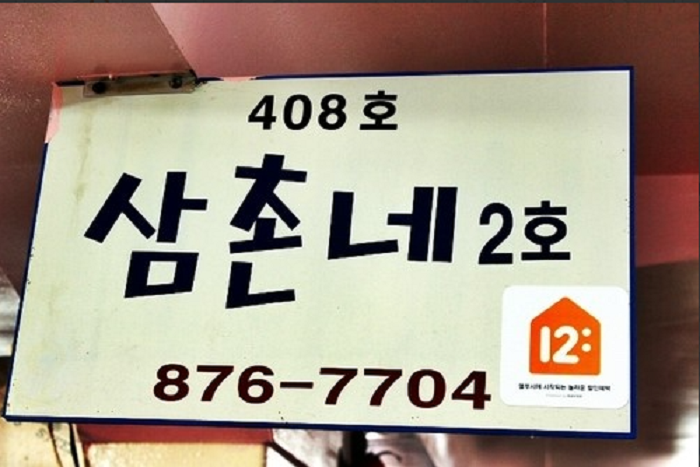
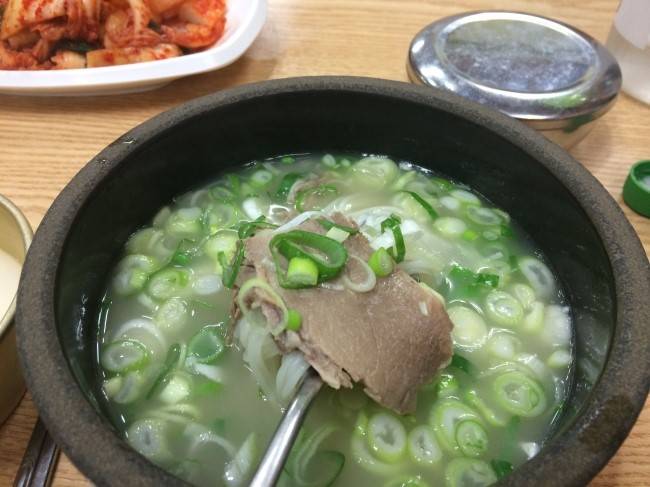
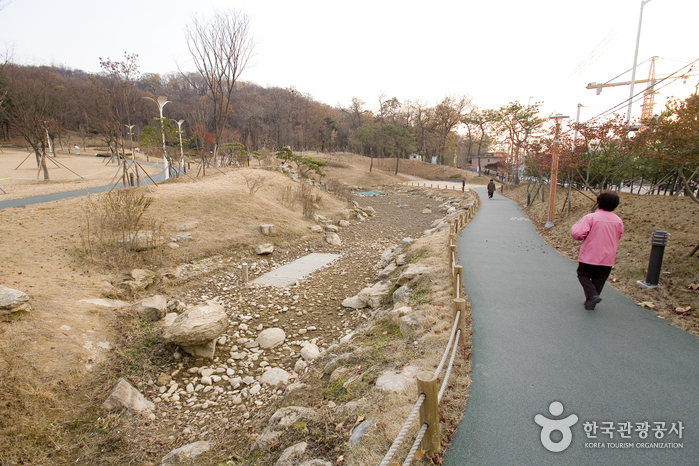
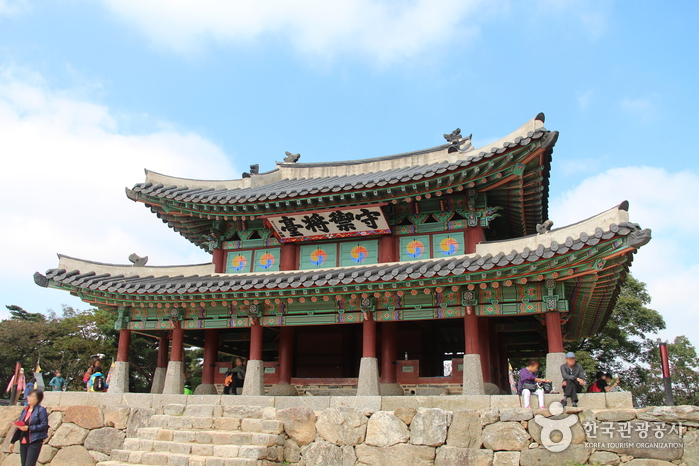
 English
English
 한국어
한국어 日本語
日本語 中文(简体)
中文(简体) Deutsch
Deutsch Français
Français Español
Español Русский
Русский